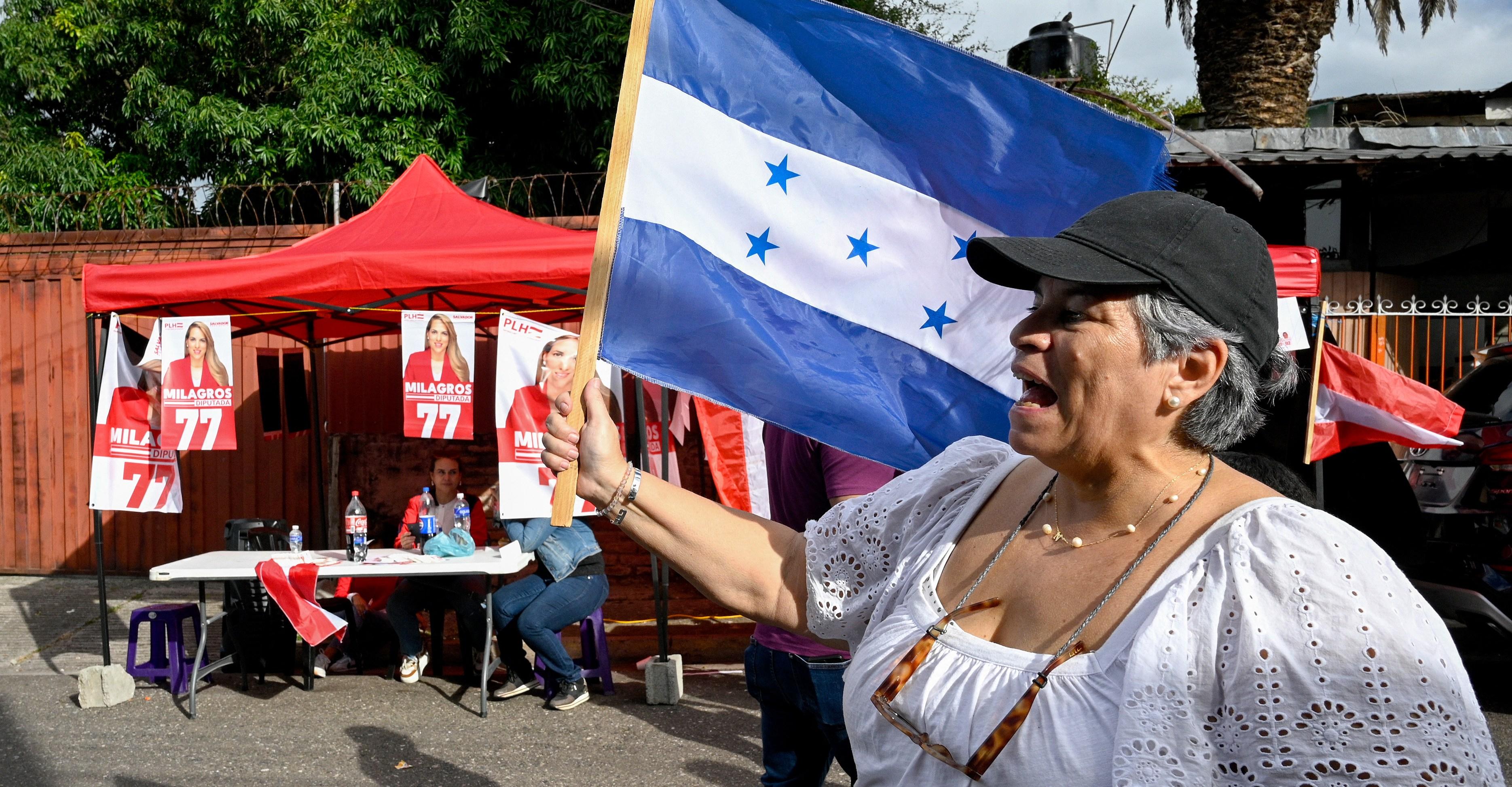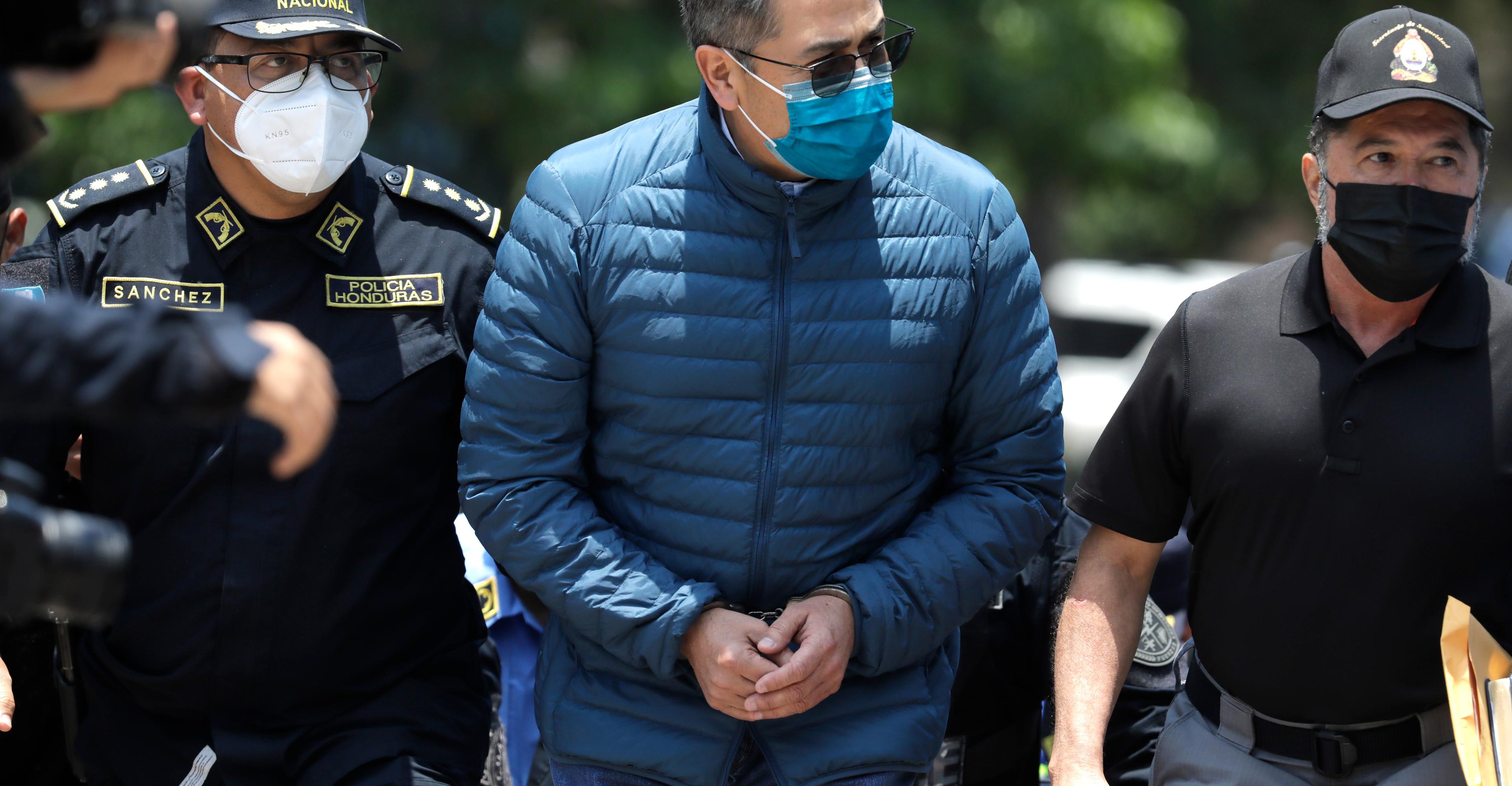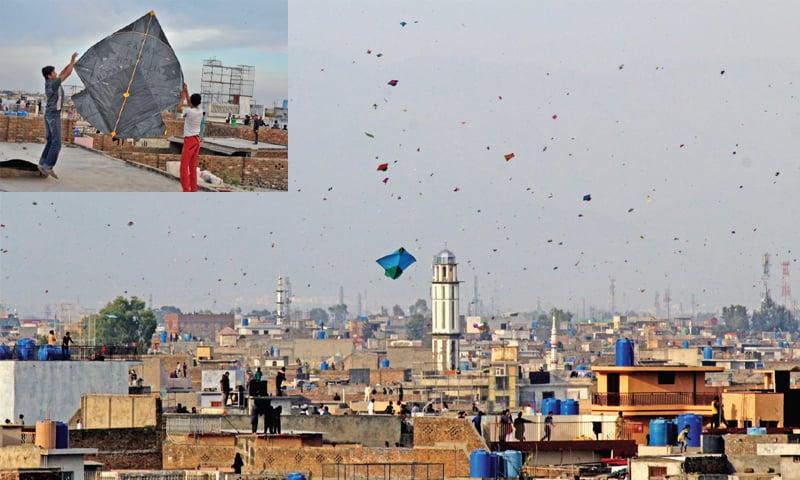Despite China’s attempts to negotiate a regional ceasefire, Myanmar’s civil war won’t end soon.


In Myanmar, a brief ceasefire between a powerful alliance of ethnic armed groups and the ruling military junta appears to have been broken just hours after it was negotiated at China’s urging.
The Three Brotherhood Alliance, one of the factions fighting in a coordinated armed struggle against the Tatmadaw (Myanmar’s military junta), agreed to the ceasefire Friday in the Chinese provincial capital of Kunming, about 250 miles from Myanmar’s northeast border with China. The ceasefire provision was seemingly limited to Shan state, which borders China, and aimed at protecting Chinese interests and civilians in the region.
But by Friday, the military had broken the agreement, according to a statement from the Ta’ang National Liberation Army (TNLA), one of the ethnic armed groups, along with the Arakan Army and the Myanmar National Democratic Alliance Army, in the Three Brotherhood Alliance. The junta attacked multiple positions in northern Shan State Friday and Saturday, the Irrawaddy and local Burmese outlets reported. Vox is unable to independently verify the claims.
The ceasefire came after multiple rounds of talks between the Tatmadaw and the Three Brotherhood Alliance. Both sides reportedly broke a previous ceasefire agreement negotiated last month, and some observers did not expect the current agreement to hold.
“The three parties, the three ethnic armed organizations up on the border actually had no intention in participating in these talks and did so really only because of very strong Chinese pressure,” Jason Tower, country director for the Burma program at the US Institute of Peace, told Vox. “And I think that the ceasefire was really doomed to fail from the outset, given that there was just no intention on the part of the different parties to seriously engage in any form of deeper dialogue about the situation.”
But the ceasefire, though it involves a critically important armed group, did not apply to other parts of Myanmar, where ethnic armed groups and People’s Defense Forces — or PDFs, armed groups that developed after the 2021 coup that returned the junta to power — are continuing Operation 1027, the offensive against the Tatmadaw that the Three Brotherhood Alliance began on October 27 of last year.
“I don’t really see this as the other groups seeing this as a sense of betrayal, but it’s triggering more frustration toward China, because they see China’s increasingly becoming an obstacle to them being able to advance their objectives of eradicating the military dictatorship and pushing the military out of the political space,” Tower said.
There’s no going back to the status quo
With few interruptions, Myanmar has been in a state of protracted civil war and military rule for most of its history as an independent nation. The country began instituting democratic reforms in the 2020s and held elections in 2015 and 2020, which the opposition National League for Democracy (NLD) won. The military, which is also called the Sit-Tat or the State Administration Council (SAC), detained President Win Myint and democracy activist Aung San Suu Kyi, as well as other members of the NLD, on the day the new Parliament was to meet for the first time following the election, in February 2021. Former military officer Myint Swe became acting president, declared a state of emergency, and handed over control of the country to the military.
Armed ethnic groups are nothing new in Myanmar — it’s a highly ethnically diverse nation, but the majority Bamar group has always enjoyed a privileged position in society, including in the military and the government. Meanwhile, smaller ethnic groups, such as the Shan, Karen, and Rakhine groups, have historically faced serious discrimination, both under British colonial rule and under military dictatorships. These Ethnic Armed Organizations (EAOs) have, in many cases, been fighting the government for years in order to gain more autonomy for their regions or ethnic groups.
Myanmar has been mired in a deadly civil war since the 2021 coup. The conflict started with peaceful protests against the military dictatorship, but the junta’s violent crackdown on protesters eventually led to the creation of the PDFs and armed rebellion. In return, the military used its significant firepower, including mortars, landmines, and missiles, against the armed groups and civilians. Over 6,000 civilians were killed in the fighting between February 2021 and September 2022, according to Peace Research Institute Oslo. Nearly 2 million people were internally displaced as of October 2, according to the UN; these numbers have only increased since the 1027 offensive.
Operation 1027 likely took months of planning and has shown impressive coordination between the alliance, other ethnic armed organizations, and PDFs. That’s a new dimension in the ongoing fight against military leadership, experts told Vox.
“This level of cooperation is not exactly unprecedented, but I think the scale of the operation and what they’ve managed to pull off … I’ve never really seen anything to this extent,” David Mathieson, an independent analyst based in Thailand, told Vox in November. “I think it shows a combination of long-term cooperation between the three main groups,” or the Three Brotherhood Alliance, which have been collaborating in some fashion since 2009, and more recent collaboration with other ethnic armed organizations such as the Bamar People’s Liberation Army, Mathieson said.
What’s China’s role in Myanmar’s civil war?
China has become increasingly concerned with the prevalence of so-called “pig butchering” schemes in its border areas, including northern Shan state. That illicit economy is run by Chinese criminal organizations and targets Chinese workers, who are lured to Southeast Asia with promises of jobs — only to be kidnapped and taken to remote areas in Myanmar, Cambodia, or Laos to be used as slaves. There, they are forced to lure people across the world into relationships, with the eventual goal of stealing money through cryptocurrency fraud. In recent months, China has pushed both EAOs and the junta to go after perpetrators and extradite them to China.
But Shan state is critical for the resistance movement to control because it relies on the border with China to access weapons, medical care, and currency, Tower said. Furthermore, as Thiha Wint Aung, an independent analyst from Myanmar, told Vox, “gaining control over the northern Shan State signifies an expansion of territories where they can operate unimpeded.” Lashio and Muse, key strategic points for trade with China, are still controlled by the military, Aung said, but are surrounded by resistance forces.
But Shan state — and Myanmar — are also strategically important for China, Tower said, and China has been working with the military for the past two decades to secure its interests there. “[China] has partnered closely with the Myanmar military to build out all of this infrastructure to build out a multibillion dollar pipeline, which is the only source of pipe natural gas to China’s southwestern provinces,” Tower told Vox. “And the Myanmar military has, until recently, been the key party providing security to that.”
China also relies on Myanmar for access to the Malacca Strait, a critical transit route for trade which connects China and other Asian countries to Africa, Europe, and the Middle East through the Indian Ocean. That’s particularly important when it comes to China’s energy supply, as Darshana Baruah, director of the Indian Ocean Program at the Carnegie Endowment for International Peace, explained in an April testimony before the House Foreign Affairs subcommittee on the Indo-Pacific. “Nine of China’s top ten crude oil suppliers transit the Indian Ocean,” Baruah said in the testimony.
Though China has worked with both EAOs and the military, it is likely placing its hope in the Tatmadaw to protect its interests, despite its tenuous grip on power, economic incompetence, and engagement in criminal activities, Tower said. “I think [China’s] preference is ultimately for a weak military that is highly dependent on China, that will give China deals that it wouldn’t otherwise be able to secure, and which China can work with, along with several other [EAOs] that it [trusts] up in its border area, to secure its interests, and ultimately, to further advance its interests in the Indian Ocean area,” he told Vox.
Even if China negotiates future ceasefire agreements, they’re not likely to hold for long, and violence will continue in Myanmar for the foreseeable future, Aung said. “The Ethnic Armed Organizations (EAOs) are acutely aware that their gained territories will never be peaceful as long as the military regime remains in power in Naypyitaw,” Myanmar’s capital.

Republicans ask the Supreme Court to gut one of the last limits on money in politics
- 18 hours ago
Kiffin takes LSU job, won't finish year with Rebels
- 8 hours ago
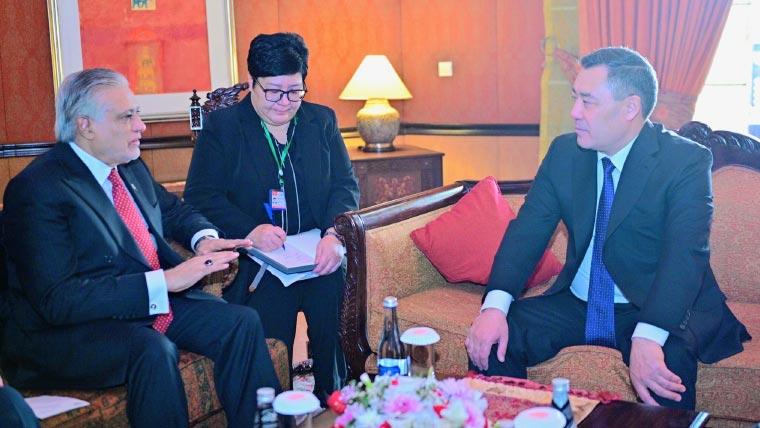
Dar meeting with the President of Kyrgyzstan: reaffirmation of commitment to strengthening bilateral cooperation
- 11 hours ago

Apple will reportedly refuse India’s order to preinstall a government app
- 11 hours ago
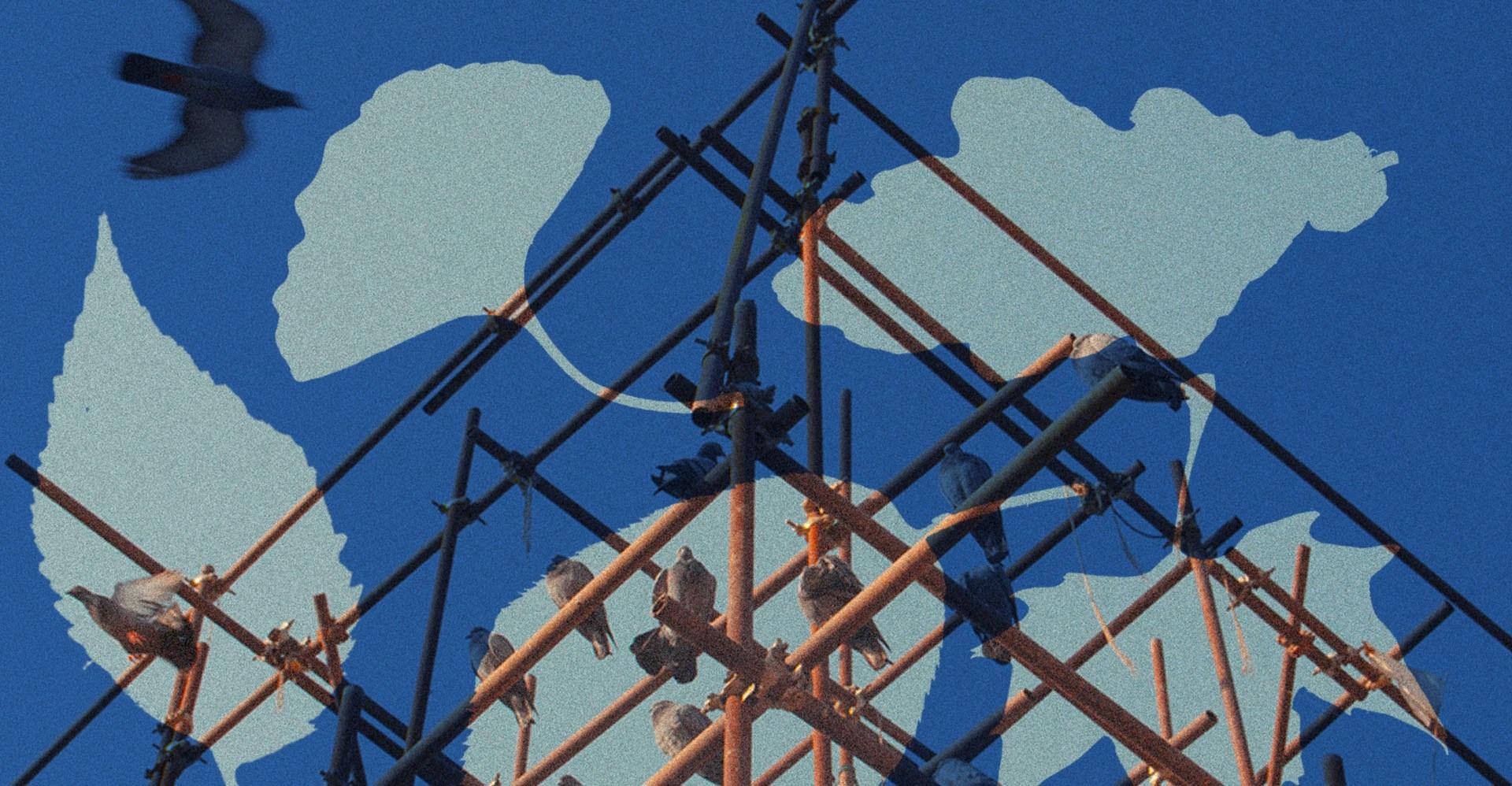
The Case for Growth
- 18 hours ago

PM Shehbaz approves appointment of Field Marshal Syed Asim Munir as COAS, CDF
- 4 hours ago
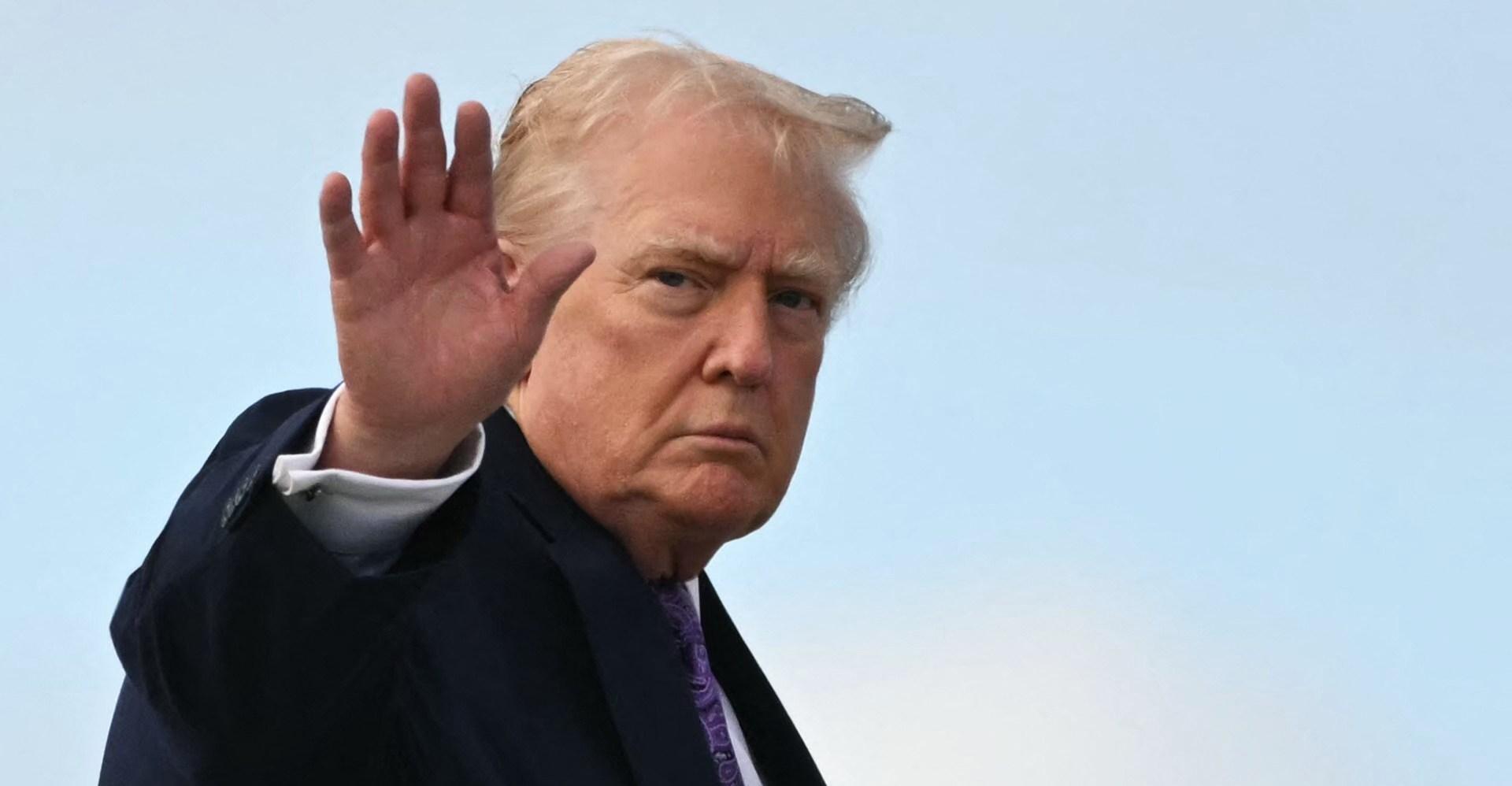
The alt-right won
- 18 hours ago

Wooting’s 60HE v2 is a solid upgrade to the best gaming keyboard
- 11 hours ago

Spotify Wrapped 2025 turns listening into a competition
- 11 hours ago
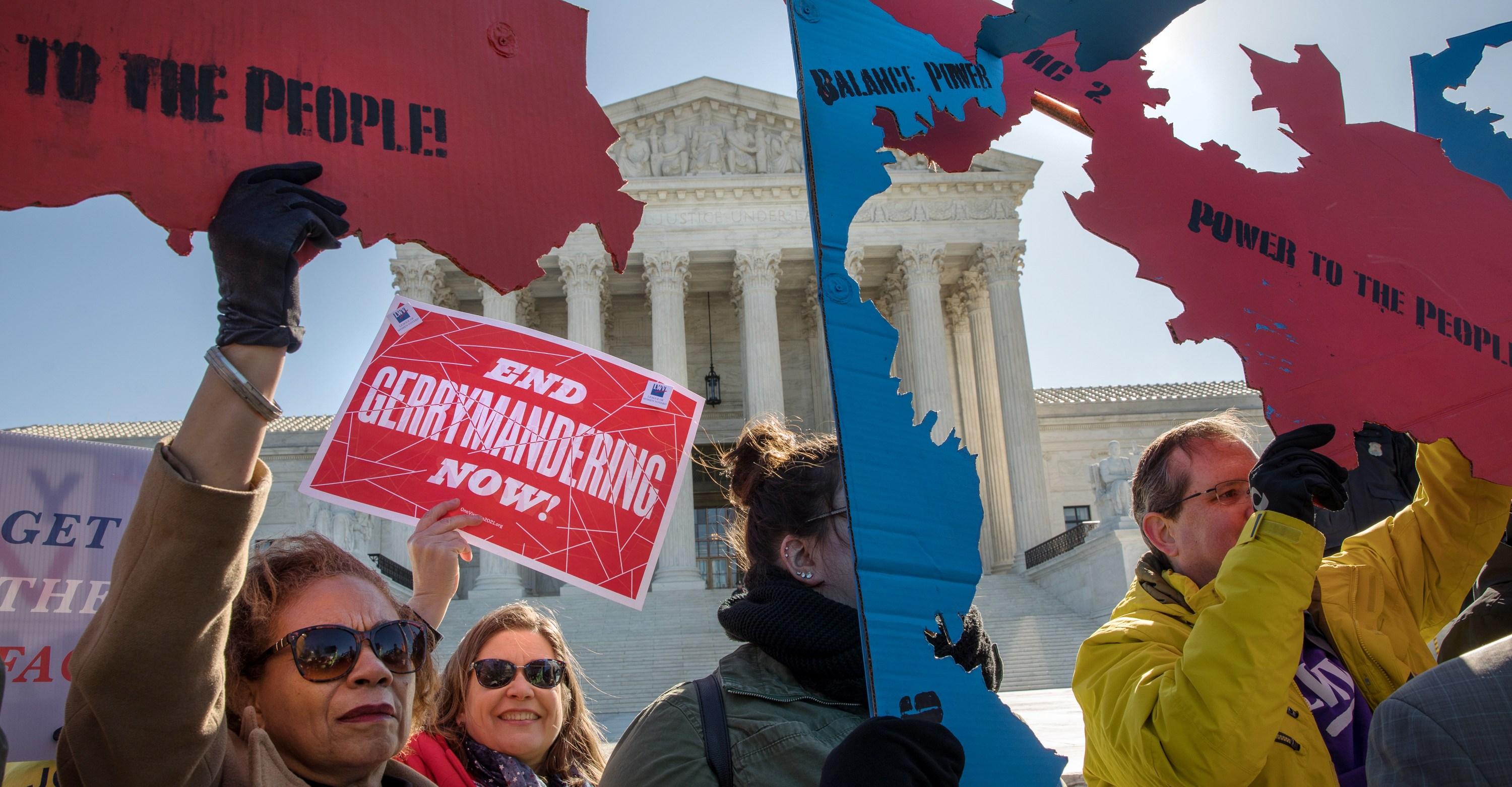
Republicans want the Supreme Court to save them from their own inept mistake
- 18 hours ago
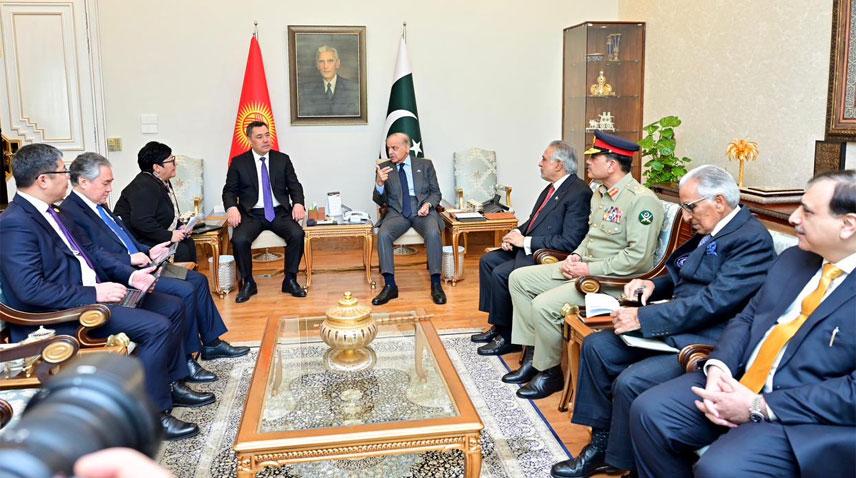
Pakistan, Kyrgyzstan vow to boost ties in diverse fields
- 11 hours ago
Texas jumps to No. 2 behind UConn in AP Top 25
- 8 hours ago


